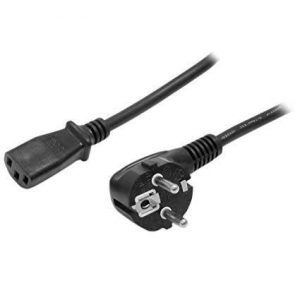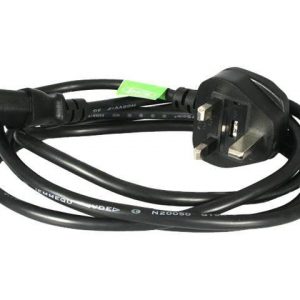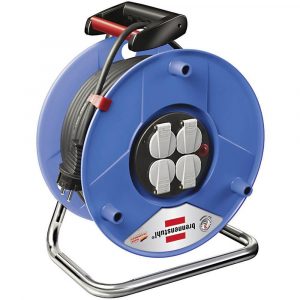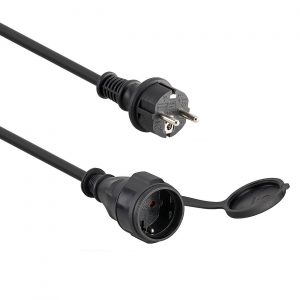Description
Power Cable, Cable Included
APC SRT3000XLI properties
| Product name | SRT3000XLI |
| Type | Power Cable |
| Features | Cable Included |
| Height | 43.2 cm |
| Width | 8.5 cm |
| Depth | 63.5 cm |
| Weight | 31300.0 g |
Smart homes – smartphone control
Software and hardware solutions for smart buildings and internet of things
Power Cable, Cable Included
| Product name | SRT3000XLI |
| Type | Power Cable |
| Features | Cable Included |
| Height | 43.2 cm |
| Width | 8.5 cm |
| Depth | 63.5 cm |
| Weight | 31300.0 g |
| Product name | |
|---|---|
| Product type | |
| Features | |
| Height | |
| Width | |
| Depth | |
| Weight |








Boswell Cannon –
Amazing post! We are linking to this article on our website.
Keep up the terrific writing.
Best regards,
Boswell Cannon